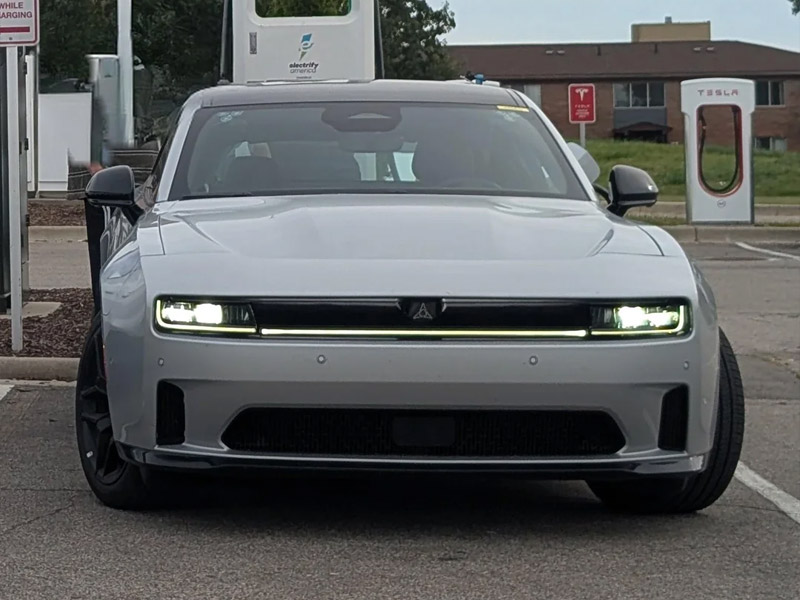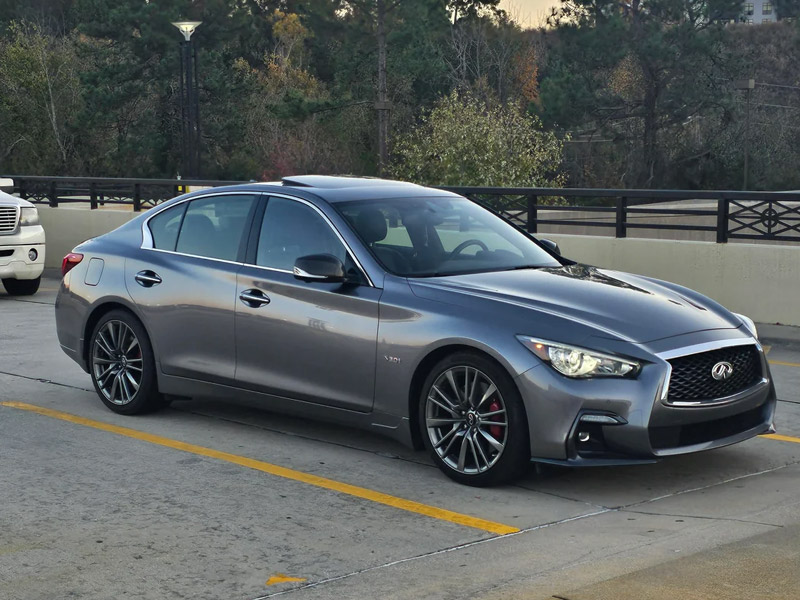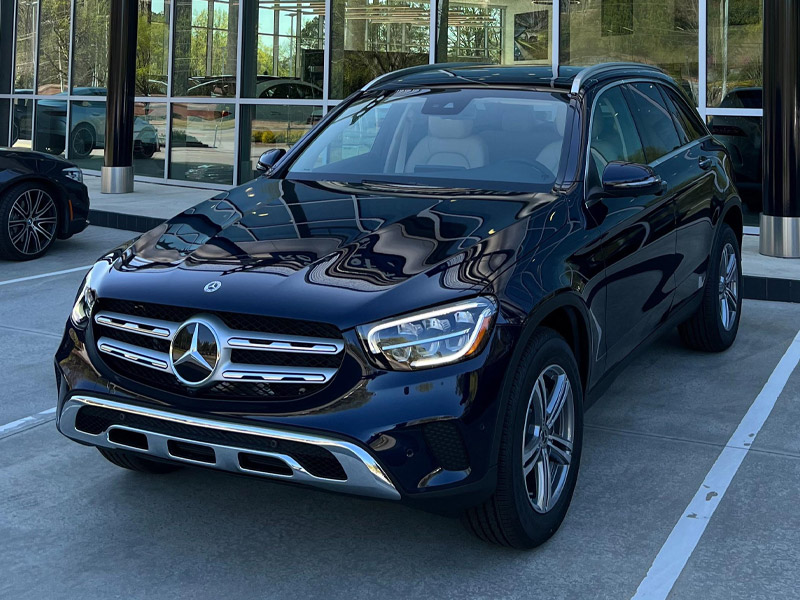
Dodge has experienced a dramatic drop in U.S. vehicle sales during the first half of 2025. Compared to the same period last year, the brand saw its total sales fall by nearly half—from over 92,000 units down to just 47,481. The steep decline places Dodge among the most affected brands within its parent company’s portfolio.
Why the Drop?
The biggest factor behind the collapse is the discontinuation of Dodge’s most popular models—the gas-powered Charger and Challenger. Both vehicles officially ended production in 2023, and by mid-2024 they were still contributing significantly to sales. This year, with only leftover inventory available, sales of those models dropped to a fraction of what they once were.
To fill the void, Dodge launched the all-electric Charger Daytona, its first major EV muscle car. While innovative in concept, early sales numbers have not been strong enough to compensate for the loss of the outgoing gasoline models. Customer adoption has been slower than expected, and the gap in volume has become hard to ignore.
The Bigger Picture
While other brands under the same umbrella have managed to maintain or even grow their sales—especially in the SUV and truck segments—Dodge stands out as a weak spot. In the second quarter alone, the brand’s year-over-year sales fell by almost 50%.
Enthusiasts and longtime buyers have voiced frustration with the brand’s rapid shift away from its performance roots. Many have pointed out that Dodge lacked a solid transition strategy, jumping from V8-powered icons straight into electric territory without offering a hybrid bridge or alternative performance lineup. At the same time, the brand has yet to release a competitive compact SUV or broader range of vehicles to attract new buyers.
What’s Next?
There are reports of a new generation of muscle cars on the way, including internal combustion variants or hybrid options, which could help bring customers back. But for now, Dodge is in a rebuilding phase—working to balance its legacy appeal with the demands of the modern EV landscape.
If the brand wants to recover, it may need to rethink its product timing, expand into new segments, and better pace the rollout of its electric offering

